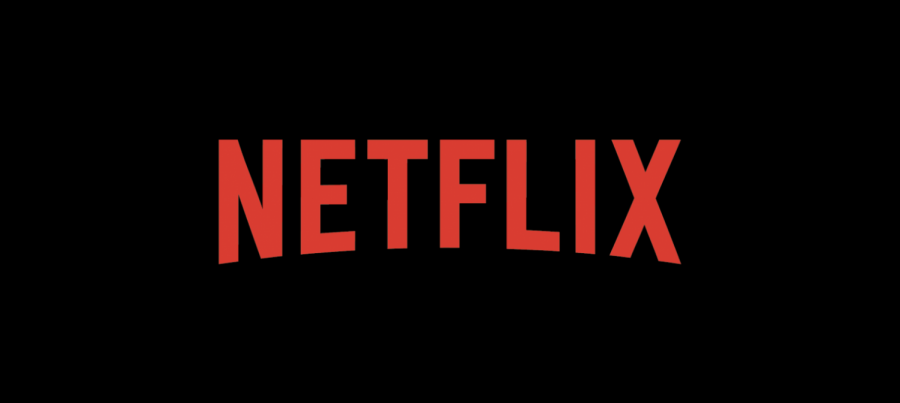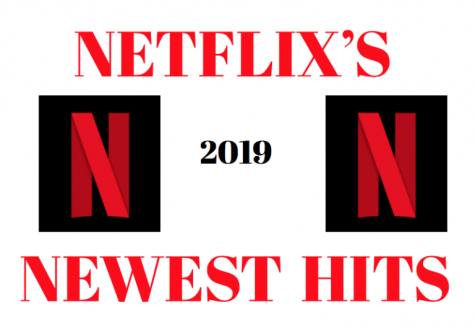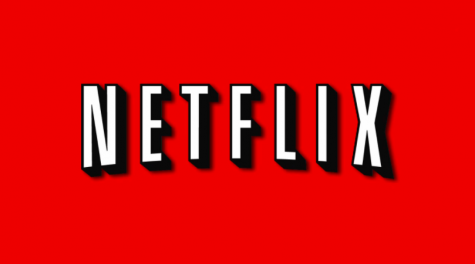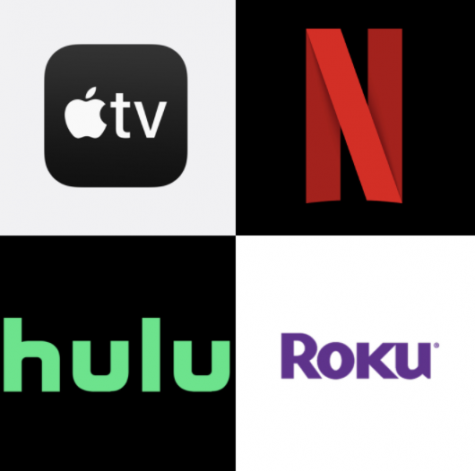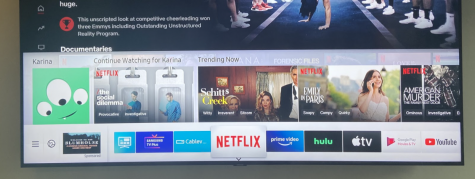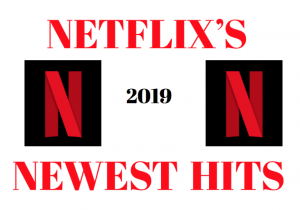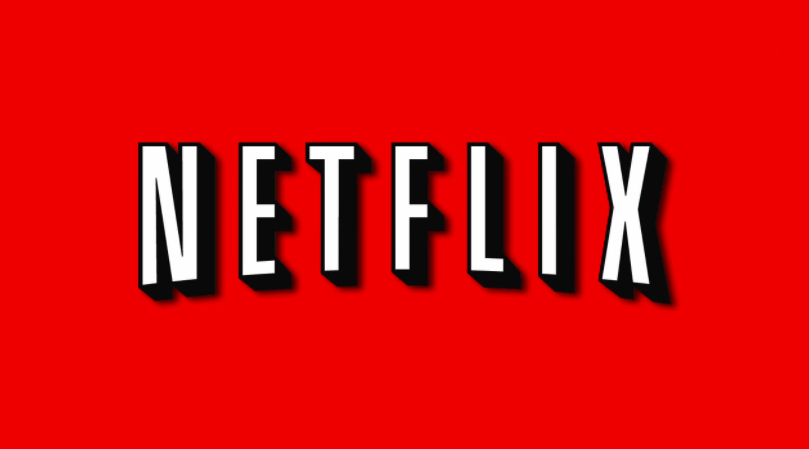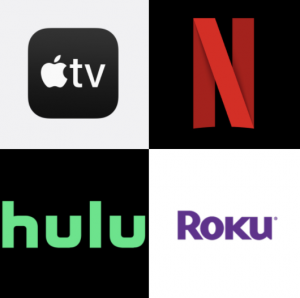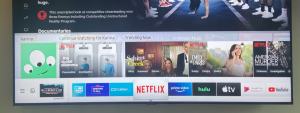Netflix, other streaming services thrive during COVID-19
Photo courtesy of Wikimedia Commons
Netflix’s original content has been nominated for more than 430 awards and have won 72 of them.
Streaming services have been thriving amidst COVID-19, and the rise in their original content has come with various accomplishments as well as growing pains.
The largest of these services, Netflix, gained 25.86 million new subscribers in the first half of the year alone. However, this exponential growth is projected to slow down since the boom of boredom and time for subscribing to services of the start of the pandemic has passed.
“We believe our record first half paid net additions would result in slower growth in the back half of this year,” Netflix wrote in a letter to shareholders.
Despite their accomplishments, they still have plenty of competition, especially during the “cord cutting” age. Among these competitors are Hulu, Disney Plus, Amazon Prime, etc.
“I use Hulu and Crunchyroll,” Daniela Garcia ’23 said, “specifically because they have a lot of shows that interest me.”
Netflix’s biggest competitor, however, is definitely Amazon Prime. They were reported to have over 150 million subscribers as of the end of 2019, while Netflix has over 183 million subscribers, according to Fox Business. Though this is a fairly comfortable gap between the two services, Amazon is also growing their library with purchased and original content, becoming a strong contender for Netflix, as many consumers are unsatisfied with Netflix for reasons like continuous increases in price.
However, the pandemic hasn’t been all positive for these streaming services. There has been an increased interest and investment in creating original content across all streaming services in order to draw in more potential subscribers, but production had to stop on many of these large and costly projects.
The safety precautions and production concerns meant delays in release schedules; though, it was not as apparent for Netflix because of their extensive backlog of original content that was already finished with production. In fact, Netflix spent approximately $15 billion on original content in 2019. This gratuitous spending has also led to a lot of debt; the company is reported to have a debt of $12.43 billion, according to Variety. Many critics argue that this is going to end up leading to various serious and irreversible issues for Netflix in the future.
“Netflix’s fundamental business model seems unsustainable,” Aswath Damodaran, a New York University finance professor, said in an interview with New York Times. “Sure, the company is growing rapidly now. It has an amazing number of new movies and TV shows. For a consumer, that’s great. But for an investor, it’s a different story: The more Netflix grows, the more its costs grow and the more money it burns. I’m not sure how it’s ever going to turn that around.”
Despite the many critics, many customers have expressed that the platform’s original content is what caused them and is what is keeping them subscribed to the service. In this new age of technology where everything is constantly developing to make lives as easy as possible, the future of streaming services is something that can be almost certainly counted on. Customer dissatisfaction, stronger competitors or accumulating debt being the downfall of large and popular services, however, can only be known in the future.

From Spanish to French, to Korean, to English, staff writer Morgan Han-Lemus '23 loves all languages.
“It’s interesting to step out of your bubble...











































